The Basics of Electricity
Electricity is the flow of electrical energy through a material, typically a conductor such as a wire. It is a fundamental force of nature that plays a critical role in our daily lives, powering everything from our homes and appliances to our cars and smartphones.
We will explore the basics of electricity, including different types of currents, Ohm’s Law, and the differences between series and parallel circuits.
What Is Electricity?
Electricity is the movement of electrical charge from one place to another. This movement of charge is known as an electric current, and it is measured in units of amperes (A).
Electric charge can be either positive or negative, and when it moves, it creates an electric field. This field can be used to generate electricity, power machines, and transfer information.
What Is Electric Current?
Electric current is comprised of negatively charged particles called electrons moving within molecules within a conductor such as a metal wire or vacuum tube.
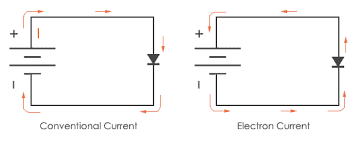
The number of electrons passing through a point over time determines the amount of electric current flowing through the conductor at that point in time.
It’s important to note that electric currents can be both alternating (AC) and direct (DC). AC currents alternate directions while DC currents only flow in one direction.
Types of Current
There are two main types of electric currents – alternating current and direct current (AC/DC).
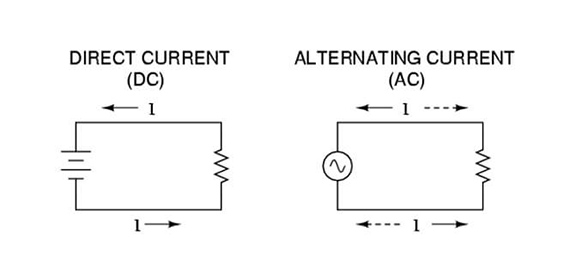
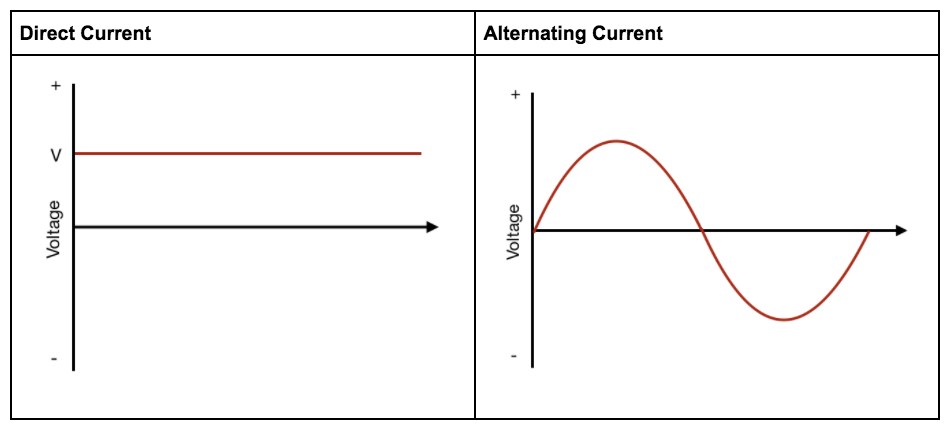
Alternating current flows in two directions while direct current only flows in one direction. AC is most commonly used to power homes and businesses since it is more efficient and easier to transmit over longer distances than DC.
On the other hand, DC is most often used for portable devices such as cell phones or laptop computers since it requires less energy.
- Differences Between Alternating and Direct Current
To summarize, there are two types of electric current: direct current (DC) and alternating current (AC). DC flows in only one direction, while AC changes direction periodically. DC is commonly used in batteries and electronic devices, while AC is used in the power grid and most household appliances.
Learn more about Alternating Current and Direct Current here:
What Is AC Power: Alternating Current
DC Power Circuit: Direct Current Explained
Ohm’s Law
Ohm’s Law states that the current flowing through a conductor is directly proportional to the voltage applied across it and inversely proportional to the resistance. It is a fundamental principle that is used in the field of electricity and electronics.
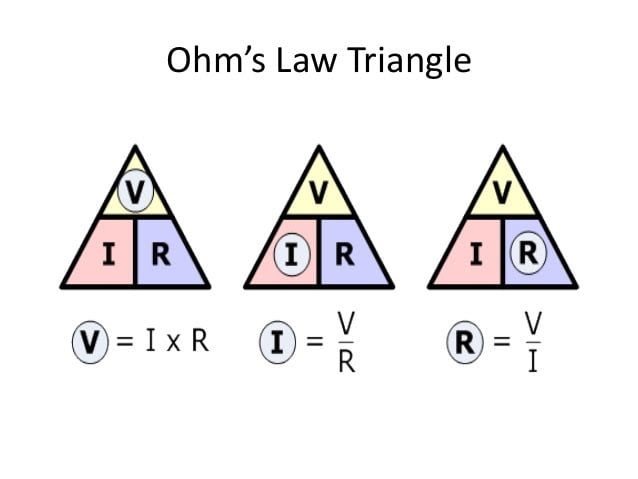
- Understanding the Basics of Ohm’s Law
Ohm’s Law can be represented by the equation I=V/R, where I is the current flowing through the circuit, V is the voltage applied across the circuit, and R is the resistance of the circuit. This equation can be used to calculate the current, voltage, or resistance in a circuit, as long as the other two values are known. - Using Ohm’s Law to Measure Potential Difference and Resistance in a Circuit
Ohm’s Law can be used to measure the potential difference (voltage) and resistance in a circuit. By measuring the current and voltage in a circuit, the resistance can be calculated using Ohm’s Law. Similarly, by measuring the current and resistance in a circuit, the voltage can be calculated.
Learn more about Ohm’s law and take advantage of our Ohm’s Law Calculator here: Ohms Law Calculator: Understanding Electric Power Circuits
Series and Parallel Circuits
- What is a series circuit?
A series circuit is a circuit in which the components are connected in a sequence, one after the other. In this type of circuit, the current flows through each component in turn.
- What is a parallel circuit?
A parallel circuit is a circuit in which the components are connected in parallel, meaning that they are connected to the same two points in the circuit. In this type of circuit, the current is divided between the different components.
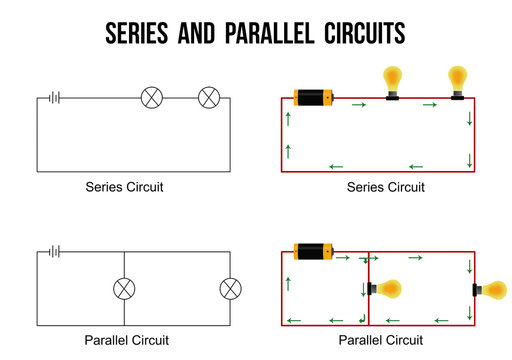
- The difference between series and parallel circuit
The main difference between series and parallel circuits is the way in which the current flows through the different components. In a series circuit, the current flows through each component in turn, while in a parallel circuit, the current is divided between the different components.
Another key difference is that in a series circuit, the total resistance of the circuit is the sum of the individual resistances, whereas in a parallel circuit, the total resistance is less than the smallest individual resistance.
If one component in a series circuit fails, the entire circuit will not work, whereas in a parallel circuit, the other components will still function even if one component fails.
PDFs / Technicals
Electrical Concepts and Fundamentals
Useful Resources
Continued learning..
Choose The Right Motor Starter – Types and How They Work
Dimmer Switches: Wiring, Diagrams and Installation Suggestions
Phase Monitoring Relays: How They Work